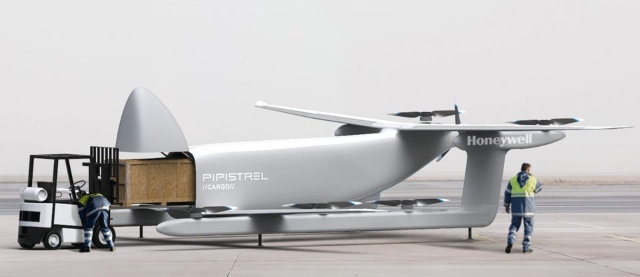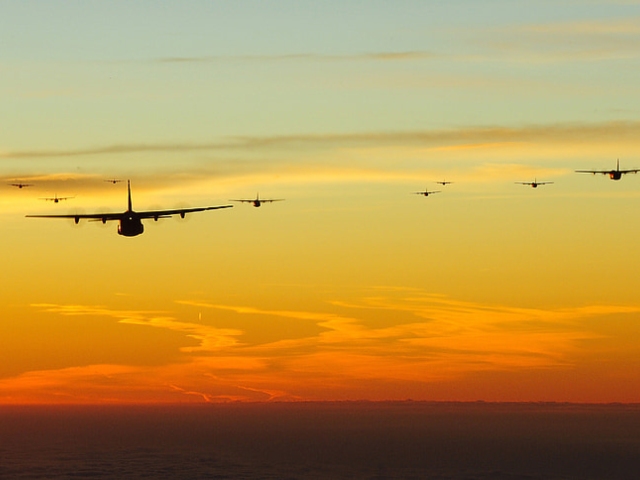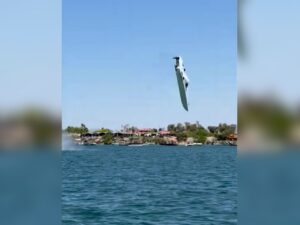[imagesource: Hippopx]
Self-flying planes are coming to commercial aviation, and not in some distant Jetsons future world.
Sure, the US military has been flying autonomous planes for decades now but they’ve always done so in segregated airspace.
Now the world of civil aviation is getting ready to engage with the boom across all major skies.
Indeed, aircraft manufacturers are at the ready, pilot unions are poised for battle, and the Federal Aviation Administration (FAA) is putting its game face on in preparation.
These days, many in the aviation industry believe that small, self-flying planes could be carrying passengers by the end of this decade, allowing another decade or so before larger passenger jets operate without a pilot on the flight deck.
Autonomous planes offer major savings, which Forbes reports offers the air transportation industry a way to save more than $35 billion per year.
The only problem is, a lot of people aren’t so keen to get onto a plane without a pilot, even if the airfare were cheaper, according to a 2017 global survey:
The next year, a public survey from Ipsos found that 81% of Americans would not be comfortable traveling on a self-flying plane. Notably, that survey was sponsored by the Air Lines Pilots Association (ALPA), whose 65,000 members make up the largest pilot union in the country.
With pilots at threat of losing their jobs, the battle is on.
“It’s all about money,” says Dennis Tajer, a pilot for 35 years and the spokesman for Allied Pilots Association, which represents 15,000 American Airlines pilots. “Manufacturers are looking for the next innovative technology to deploy so that they can sell it and make money, and airlines are looking at how they can do this more cheaply.”
The pilots will have their job for a little while longer, albeit a lesser version, as there needs to be a safety pilot on board until the technology is certified by the FAA.
Companies like aircraft manufacturer Pipistrel, which Rhode Island-based Textron acquired last year, want to start with a pilot now and move to no pilot on board within four or five years, even 10 if push comes to shove:
“Cargo is an entryway drug for them,” Tajer says. “The script is to start with something that doesn’t sound like it’s going to hurt people. But the reality is that it’s still the same sky, and it’s still a metal tube in the air and passenger jets will be sharing the sky with them.”
Already, Pipistrel’s autonomous plane has plenty of room for cargo, but no cockpit for a pilot:

“All of these companies are really looking forward to the day where there will not be a pilot on board,” said Stephane Fymat, who heads up Urban Air Mobility (UAM) and Unmanned Aerial Systems (UAS) at Honeywell, which has a long history producing autopilot systems for Boeing Dreamliners, Gulfstream and Embraer jets as well as other aircraft.
While manufacturers navigate the regulations of the FAA and the world’s other aviation authorities to eventually bring new aircraft into the mix, which takes niggling and time, AI technology is also being acknowledged as a big opportunity to establish the next generation of products in the industry.
But really, the greatest challenge for self-flying planes may be getting the public to accept them.
[source:forbes]





